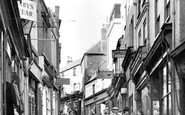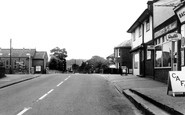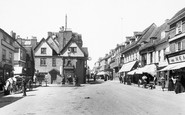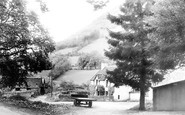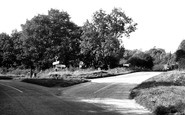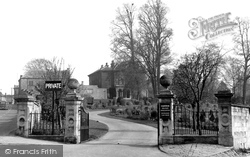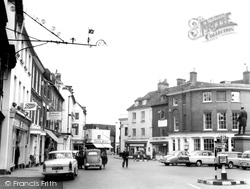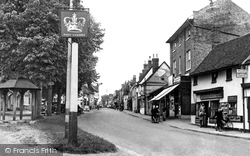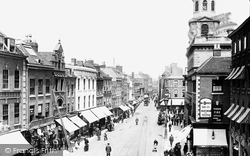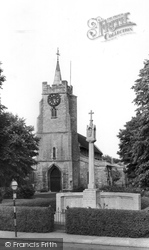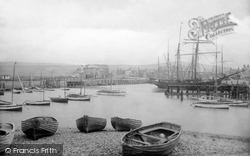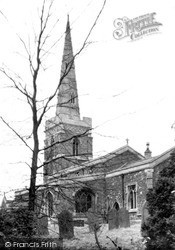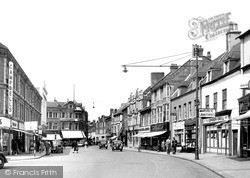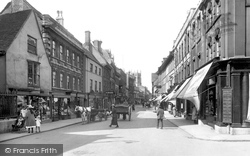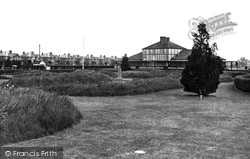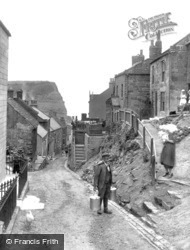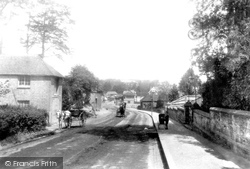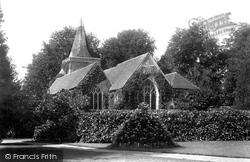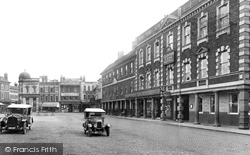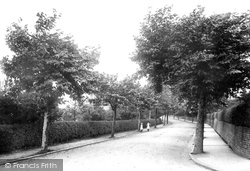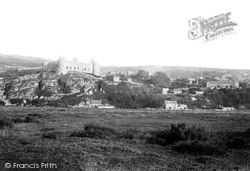Merry Christmas & Happy New Year!
Christmas Deliveries: If you placed an order on or before midday on Friday 19th December for Christmas delivery it was despatched before the Royal Mail or Parcel Force deadline and therefore should be received in time for Christmas. Orders placed after midday on Friday 19th December will be delivered in the New Year.
Please Note: Our offices and factory are now closed until Monday 5th January when we will be pleased to deal with any queries that have arisen during the holiday period.
During the holiday our Gift Cards may still be ordered for any last minute orders and will be sent automatically by email direct to your recipient - see here: Gift Cards
Places
Sorry, no places were found that related to your search.
Photos
Sorry, no photos were found that related to your search.
Maps
7,034 maps found.
Books
163 books found. Showing results 8,569 to 8,592.
Memories
22,913 memories found. Showing results 3,571 to 3,580.
Old Folkestone High Street
Memories? Many! Worked on the refurbishment of some of the shops on the left of the picture. Often went to the 'pictures' at the Central Cinema in George lane up the top. My late wife worked as secretary for the manager ...Read more
A memory of Folkestone by
Borough Green. The War Years.
Hallo Marian/Miss/Mrs. Have discovered this website. I lived near the Station and next door but ond to the Cinerma from 1934 until the early 50, I was a contempory of Gerald Cloke and Tony Jessup. Both sadly long ...Read more
A memory of Borough Green by
Tewkesbury (Common)
As a family living in the Black Country, we used to go out every Sunday in the summer with our (doings), as mom used to call them. In fact that was a camping gas stove to boil a kettle so we could have a cup of tea with our ...Read more
A memory of Tewkesbury by
Bluestone Cottage Hough Hill
When I moved to "Bluestone" in 1955 there was no water or sanitation .Mum and Dad ( Len & Ellen Snape) collected the water in pales from the spout in Sandy Lane. We had a well but the water in it wasn't safe to ...Read more
A memory of Brown Edge by
37 Ashburnham Road From 1955 To 1966
I spent my first eleven years in the above address. The houses were all council houses. There was an Anderson shelter in the back garden from the second world war. The houses were quite ordinary but Ham was a very ...Read more
A memory of Ham by
Life Above Corals Coal Shop
my parents moved to an empty flat above the coral coal shop in bank street.my Father worked for corals coal as a delivery driver.The flat was an extra bonus i was born in Dover 1954 and when we left there we moved to a ...Read more
A memory of Ashford
Jane And Joseph Durkin Upper Vauxhall St. In The 1930s
My grandmother Jane Durkin lived at 15 Upper Vauxhall St in the 1930s. She was married to Joseph Durkin and she lived there with two sons from her previous marriage to my grandfather Edward ...Read more
A memory of Collyhurst by
Happy Times
I went to live in Llanthony village around 1970 with my husband who was brought up at The Daren Farm, and our children Lynda and Andrew. We lived in The Cornmill which is directly opposite the old post office, it was called Mill Cottage ...Read more
A memory of Llanthony
My Birthplace
I was born in Seer Green over 60 years ago. It has,and always will be my first home. I have lived abroad for the past 30 years. I return to S.G. at least once a year to visit my mother and sister and enjoy the nostalgia of walking ...Read more
A memory of Seer Green by
Happy Days In Morden
I lived in Leamington Ave from 1936 - 1956 with my parents who selected the new house for its long south facing garden which backed onto Hillcross School field. During the war my mother and I were evacuated to Bucklebury in ...Read more
A memory of Morden by
Your search returned a large number of results. Please try to refine your search further.
Captions
9,654 captions found. Showing results 8,569 to 8,592.
The drive of the former Harris family home, which was built c1870, gave access to the Harris Welfare Association Woodlands Club House, which was established in the former woollen mill to the
To the right at 27 Market Place is the post office. In July 1965 this was transformed into the Westminster Bank, where Mr Gambrill was the manager - he had been with the bank for 31 years.
The public pump (left) stands in front of the Crown pub - it was built in 1690 and extensively restored in 1993. The cover was built by F J Robinson to celebrate Queen Victoria's Diamond Jubilee.
This view looks along Foregate Street; the bridge carrying the Great Western Railway lines to Hereford and South Wales can be seen in the background.
This lovely building is at the southern end of the High Street, in the former market place where the High Street meets Worcester Road and St John's Street.
The parish church of St Peter and St Paul was attached to a nunnery founded by the abbot of Ramsey in c1006 and dissolved in 1537.
The picturesque building below the cathedral (see 30730, above) is the old fulling mill, standing beside its weir.
Another interesting scene of the town taken from the steps in Hill Lane looking towards the castle.
A fishing settlement existed here from early times, the town being burnt by French raiders during the reign of Richard II.
Here we have an unusual sight: the stern line leading aft of the brigantine, moored alongside the quay to the far side of the harbour, is stretching across open water, a potential hazard, particularly
Following the armistice in 1918, war memorials were erected by many parishes throughout the British Isles, either close to the church, or in a public place, as a symbol of a shared grief,
The not unlovely village of Saxelby is situated about a mile north of industrial Asfordby, and on a stream which empties into the River Wreake.
The only set of traffic lights in Kettering coped with a trickle of traffic.
This photograph and 72302 (left) show the bustling main street of Stamford at a time when people could still safely share the road with the traffic of the day.
From the start in 1895, successive councils have sought to provide facilities for recreation.
During the 19th and early 20th centuries, Staithes was a fishing port of some standing, a centre for cod, haddock and mackerel, but it fell into decline with the development of steam trawlers, which tended
Much has changed in this view looking downhill northwards towards the station and the High Street, with the house on the left replaced by a Shell garage.
Hothfield Place was the seat of the Tufton family, but was pulled down after the Second World War. In the 16th century Sir John Tufton entertained Queen Elizabeth I over two days.
Barrow-in-Furness sprang from a tiny hamlet in the 19th century to become the world's largest producer of iron and steel, and a major force in the world of shipbuilding.
Formerly the Kingston Arms coaching inn, the Clinton Arms has connections with Lord Byron, who stayed here whilst his first book of poems, 'Fugitive Pieces', was being printed at the local firm of S &
Battenhall lies off London Road and was first recorded in Norman times, when the Poer family held the manor for the annual rent of one lamprey.
When Harlech was built, the sea lapped around the base of the rocky crag upon which it stands. At sea level there was the water gate, which allowed the fortress to be reinforced or supplied by ship.
Because the curtain walls were so high, there were large areas of dead ground around the fortress that the defenders were unable to fire to into with any accuracy.
There has been a fortification of one sort or another at Inverness since the time of King Brude in the 6th century.
Places (0)
Photos (0)
Memories (22913)
Books (163)
Maps (7034)

